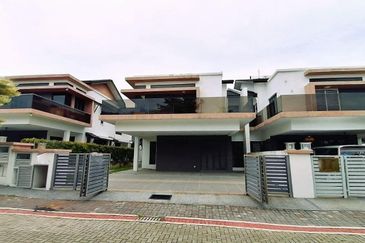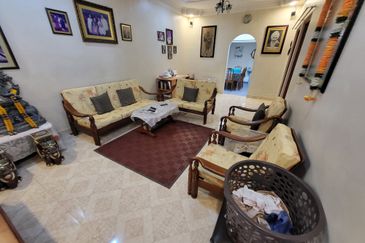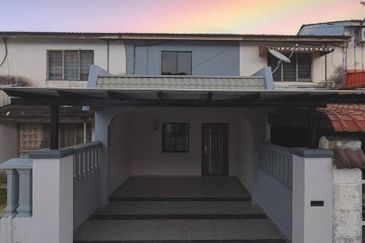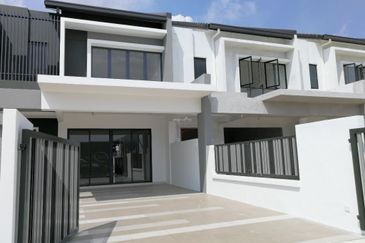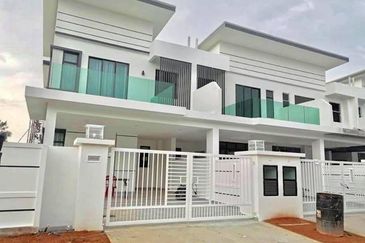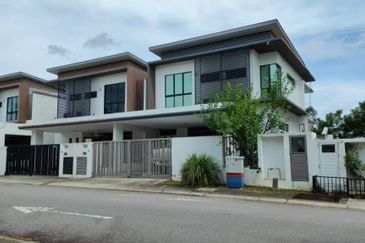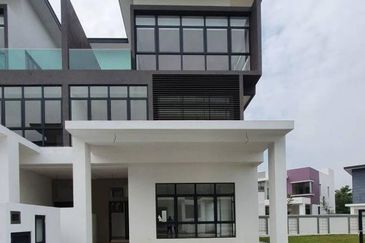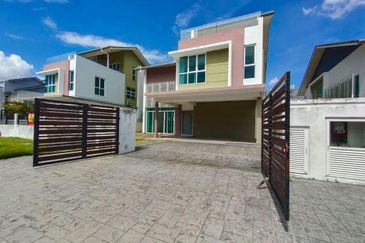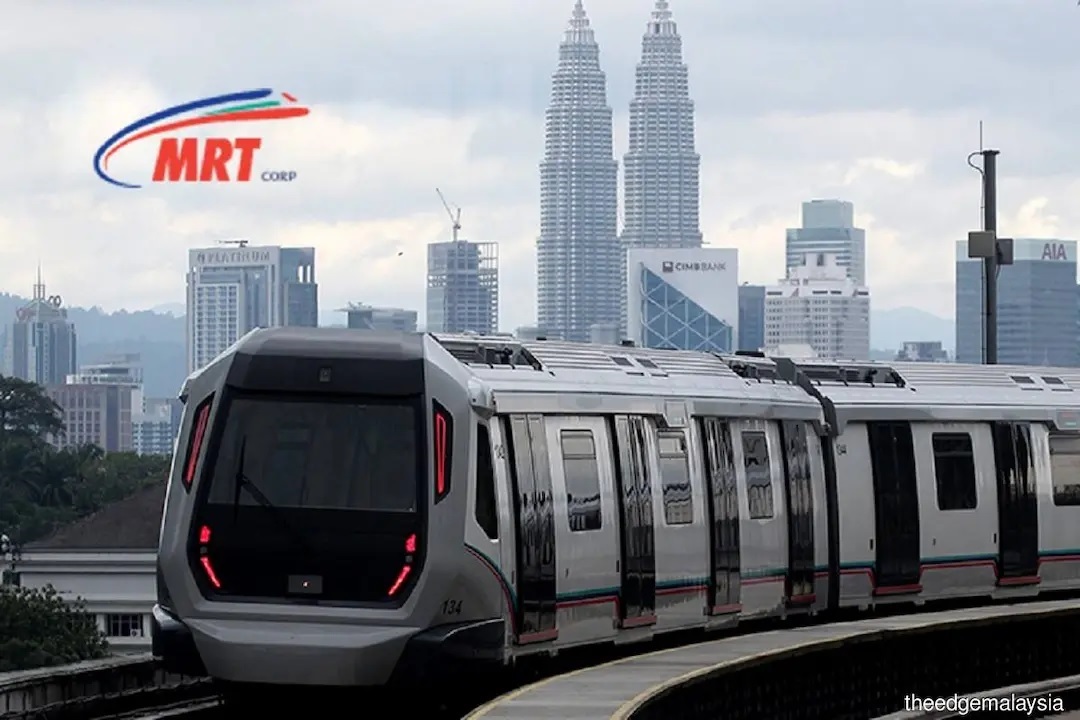
- MRT 3, called “The Circle Line”, is proposed to span 51 kilometres (km) around Kuala Lumpur’s perimeter, while integrating with existing MRT, LRT, KTM, and monorail lines, through 10 interchange and connecting stations.
KUALA LUMPUR (Sept 2): The potential revival of the MRT 3 project, alongside revivals in other government infrastructure, point towards a better year for the construction sector going into FY2025, CGS International said.
On Aug 30, Mass Rapid Transit Corporation Sdn Bhd (MRT Corp) announced a revised public display for MRT 3, running for three months from Sept 2 to Dec 2.
“While we believe the public display shows the government’s intention to revive the MRT 3 project, the timeline remains uncertain for now,” said CGS in a note on Monday.
The public display exercise has 35 designated locations, eight MRT information kiosks and 27 MRT information trucks at key sites, allowing the public an opportunity to review and provide feedback on the proposed alignment, sites, and other project details.
The revision comes after a proposed change in alignment, requiring a new railway scheme.
MRT 3, called “The Circle Line”, is proposed to span 51 kilometres (km) around Kuala Lumpur’s perimeter, while integrating with existing MRT, LRT, KTM, and monorail lines, through 10 interchange and connecting stations.
CGS also pointed to a broader intention of the government to emphasise infrastructure projects as a means to boost the economy, with expectations to accelerate awards for certain projects, such as the Penang LRT and Penang International Airport by 4QCY2024.
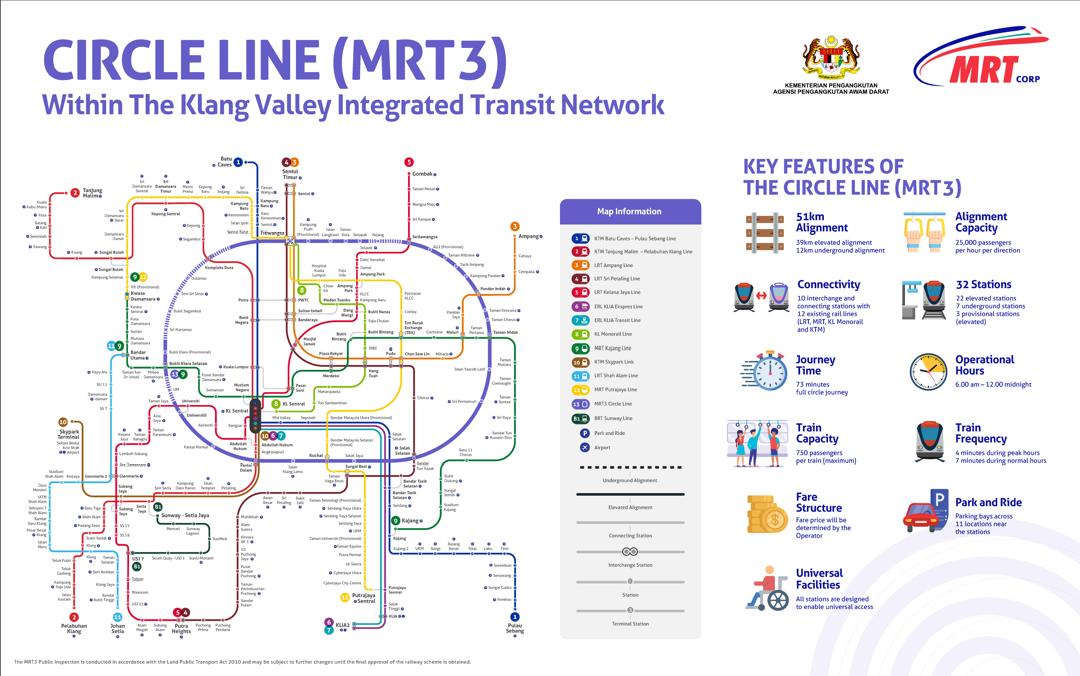
The exact importance of the MRT 3 in the government’s plans remains uncertain, however, with continuity of the project significantly discounted by the market.
“We believe it is possible that [the] MRT 3 will be included in Budget 2025, and be rolled out next year. However, we are also hearing anecdotally that the KL-SG High Speed Rail (HSR) may take precedence over MRT 3,” it added.
The potential revival of the MRT 3 would boost sentiments, enabling contractors to fill their order books with these large-scale projects.
“Overall, this ties in with our thesis that 2025F (forecast) may be a better year for construction, with a revival in government infrastructure and continuity in FDIs (foreign direct investment) from data centres, semiconductor factories and industrial warehouses,” said CGS.
Under the growing construction sector, Gamuda Bhd (KL:GAMUDA) (lowest bidder for CMC 303 tunnelling before a re-tender) and YTL Corporation Bhd (KL:YTL) (lowest bidder for CMC 302 before a re-tender) are expected to reap the most benefits, thanks to the MRT 3.
CGS also highlighted other potential significant beneficiaries of the project, such as WCT Holdings Bhd (KL:WCT), Sunway Construction Group Bhd (KL:SUNCON) and IJM Corporation Bhd (KL:IJM), which were involved in the construction of the MRT 1 and MRT 2, alongside building material players like Malayan Cement Bhd (KL:MCEMENT) and piling contractors like Econpile Holdings Bhd (KL:ECONBHD).
Current government estimates of the project cost are at RM45 billion, down from 2018’s RM68 billion. Meanwhile, MRT Corp released a statement on its website, outlining the incorporation of private sector funding and non-government sources of payment.
Overall, CGS maintains its “overweight” call on the construction sector, citing expectations of strong project flows from data centres, semiconductor factories and industrial warehouses, in addition to a revival in government infrastructure spending. Delays in contract flows, competition from foreign contractors, and higher raw material costs were flagged as potential risks.
Looking to buy a home? Sign up for EdgeProp START and get exclusive rewards and vouchers for ANY home purchase in Malaysia (primary or subsale)!
TOP PICKS BY EDGEPROP

Taman Yarl @ Old Klang Road
Jalan Klang Lama (Old Klang Road), Kuala Lumpur
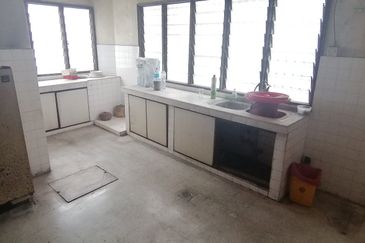
Happy Garden (Taman Gembira)
Kuchai Lama, Kuala Lumpur
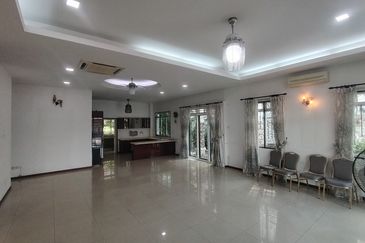
Oug/Taman Yarl 3 Storey Semi D For Sale
Taman OUG, Kuala Lumpur

Villa Yarl
Jalan Klang Lama (Old Klang Road), Kuala Lumpur
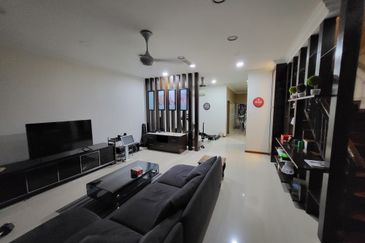
Oug / Happy Garden Gated Guarded 3 Storey Terrace House For Sale
Taman OUG, Kuala Lumpur
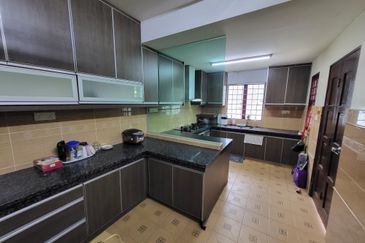
Overseas Union Garden
Taman OUG, Kuala Lumpur

Bandar Baru Sri Petaling
Sri Petaling, Kuala Lumpur
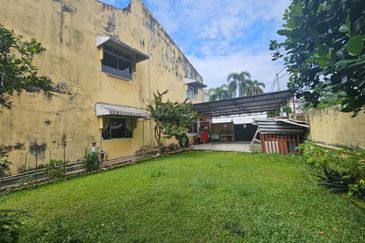
Overseas Union Garden
Taman OUG, Kuala Lumpur
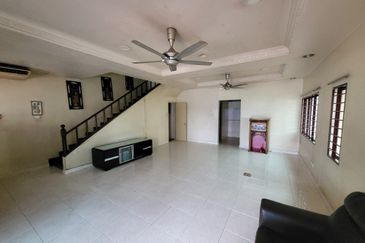
Overseas Union Garden
Taman OUG, Kuala Lumpur
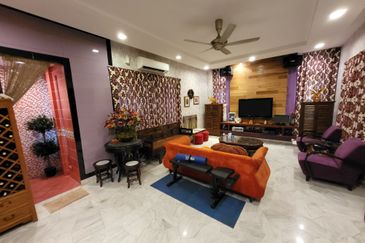
Oug / Taman Yarl 3 Storey Semi D Well Renovated For Sale
Taman OUG, Kuala Lumpur
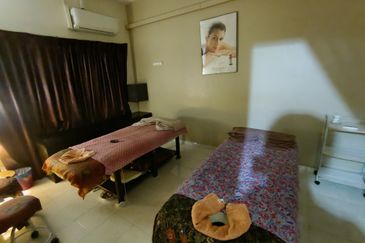
Overseas Union Garden
Taman OUG, Kuala Lumpur
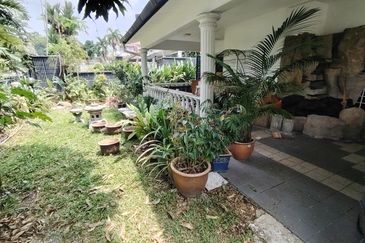
Seksyen 14, Petaling Jaya
Petaling Jaya, Selangor

hero.jpg?GPem8xdIFjEDnmfAHjnS.4wbzvW8BrWw)
